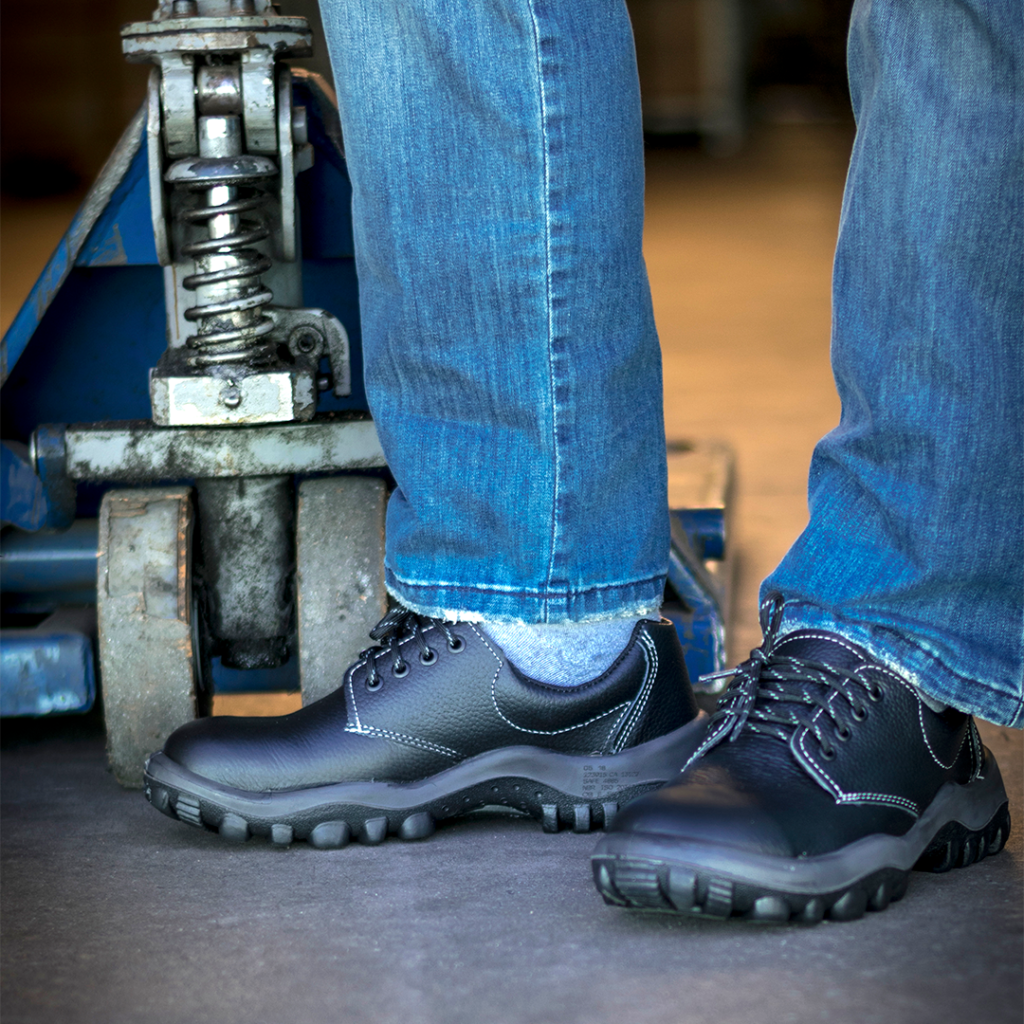How to take care of your safety shoes

How to care for your safety shoes – Safety shoes are one of the important Personal Protective Equipment required by law to protect workers from the most diverse occupational risks, whether in industry, commerce or services. It is the employer’s obligation to provide it, but it is the employee’s duty to keep it with basic care that guarantees its effectiveness and durability.
Among the important conservation measures for protective footwear are regular cleaning, at least once a week. In this regard, it is necessary to pay attention to the material with which the PPE is manufactured.
How to take care of your safety shoes
Leather, for example, in order not to dry out or create a favorable environment for microorganisms, should be cleaned only with a damp cloth. Nobuck, on the other hand, only with specific products and the aid of a bristle brush. In turn, the microfiber needs to be sanitized exclusively with water and neutral detergent at temperatures up to 60ºC.
Once cleaned, safety shoes cannot be kept moist, otherwise they will be vulnerable to the proliferation of fungi and bacteria that can shorten their useful life and cause a bad smell.
Another effective way to prolong the life of leather for safety shoes is, after cleaning, to use specific greases, ointments and waxes. Greasing it periodically will create a protective layer over the upper, maintaining malleability and comfort for longer.
DRYING
The drying of safety shoes should not be accelerated in sources of intense heat, such as clothes dryers, boilers, heaters, stoves, stoves or the sun. In leather, such a practice can cause loss of elasticity and cracking. Ideally, PPE should dry naturally in cool, airy places in the shade.
Sweat is a determining factor in damaging safety shoes. In addition to hardening the leather and making it brittle, it favors the appearance of fungi and bacteria, as well as unpleasant odors. Therefore, to help absorb moisture from the feet, it is important to use cotton socks, as well as antimicrobial insoles. Talcum powder for feet is also recommended.
INTERCALATION
Interspersing the use of safety shoes throughout the week is another important tip for their conservation and for the health of the feet. The measure aerates the PPE and causes the accumulated sweat to evaporate. Ideally, the worker should have at least two pairs available to alternate every 24 hours and prevent the appearance of bacteria, fungi and, consequently, bad smell. If this is not possible, an alternative is to use different insoles.
Another measure that contributes to the conservation of PPE is to keep it in ventilated places and away from heat, sun and moisture. The ideal storage conditions are 27 ° C and 60% relative humidity. Thus, the occurrence of hydrolysis is avoided, a process in which heat and moisture form water molecules that react with the sole material, causing its decomposition.
